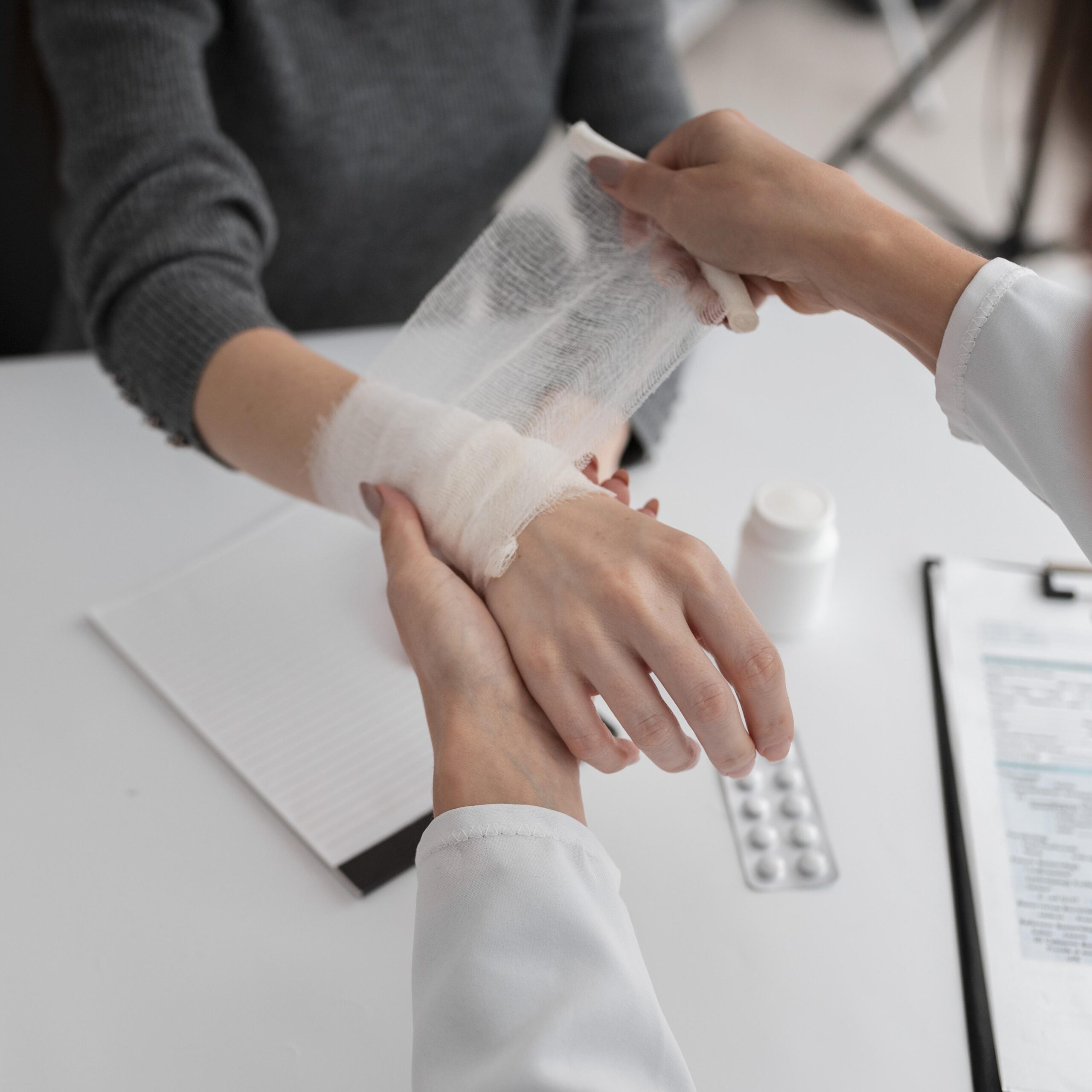A look at the most innovative technologies used in wound care today, including Air Touch Mobile X-rays, Smart ABI systems, and TCOM machines, all designed to improve healing outcomes.
Advancements in wound care technology have greatly improved the management and healing of complex and chronic wounds. Here are the top three wound care technologies you should know about:
1. Negative Pressure Wound Therapy (NPWT)
- What It Is: Negative pressure wound therapy, also known as vacuum-assisted closure (VAC), uses a sealed dressing attached to a vacuum pump to apply controlled, localized negative pressure (suction) to the wound.
- How It Works: The suction removes excess fluids, debris, and infectious materials from the wound, reducing swelling and promoting healthy tissue formation. NPWT also helps bring the wound edges together, accelerates granulation tissue growth, and increases blood flow to the area.
- Best For: Chronic wounds (e.g., diabetic ulcers, pressure sores), large or deep wounds, surgical wounds, and wounds with excessive drainage.
- Benefits:
- Speeds up healing time.
- Reduces the risk of infection.
- Promotes the growth of healthy tissue.
2. Hyperbaric Oxygen Therapy (HBOT)
- What It Is: Hyperbaric oxygen therapy involves breathing 100% oxygen in a pressurized chamber. This increases the oxygen content in the blood, promoting faster healing, especially in wounds with poor circulation or infections.
- How It Works: HBOT increases oxygen delivery to the wound, which enhances tissue repair, supports collagen production, promotes the growth of new blood vessels (angiogenesis), and aids the immune system’s ability to fight infections.
- Best For: Non-healing diabetic foot ulcers, radiation injuries, severe burns, surgical wounds, and chronic infections like osteomyelitis.
- Benefits:
- Accelerates healing for chronic and non-healing wounds.
- Enhances the effectiveness of white blood cells in fighting infection.
- Promotes tissue regeneration and reduces the risk of amputation.
3. Bioengineered Skin Substitutes
- What It Is: Bioengineered skin substitutes are advanced wound dressings created from biological materials (such as human or animal-derived cells) that mimic the structure and function of real skin. They help provide a scaffold for the body to regenerate skin and tissue.
- How It Works: These skin substitutes are placed over chronic or difficult-to-heal wounds to stimulate the body’s natural healing process. They promote the growth of new tissue and encourage re-epithelialization, which is the process of forming new skin over the wound.
- Best For: Diabetic ulcers, venous leg ulcers, and severe burns. It is particularly useful for wounds that are slow to heal or for patients with compromised healing abilities.
- Benefits:
- Provides a protective barrier to prevent infection.
- Encourages the body to heal from the inside out.
- Reduces healing time for chronic or hard-to-heal wounds.
Conclusion
These wound care technologies—NPWT, HBOT, and bioengineered skin substitutes—represent significant advancements in treating chronic and complex wounds. They offer innovative ways to accelerate healing, reduce the risk of infection, and improve patient outcomes, particularly for wounds that are resistant to traditional treatments.


